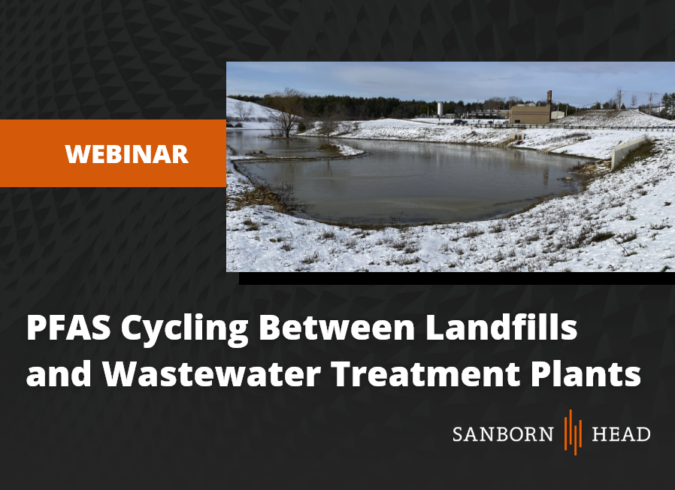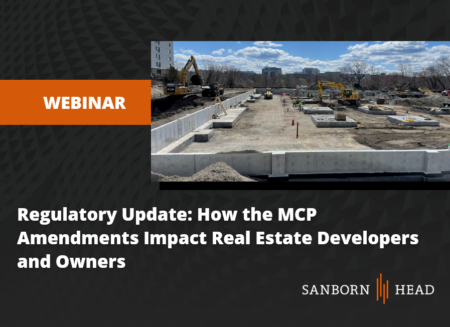Harrison Roakes, PE and Steve Zemba, PhD, PE delivered the third installment of our Solid Waste Best Management Practices Webinar Series on Wednesday, November 30. Based on a study of PFAS in waste materials, the co-presenters described a mass balance approach to quantifying landfill sequestration of PFAS and identified a framework for managing PFAS at landfills.
Per- and polyfluoroalkyl substances (PFAS) have been identified in both landfill leachate and wastewater treatment plant (WWTP) sludges at levels elevated above regulatory standards being established for groundwater and soils. Landfills often send leachate to WWTPs and accept sludges from them. What might appear to be a simple exchange of PFAS is more complex, however. This webinar examined the role of landfills at sequestering long-chain PFAS and discussed what sources might be responsible for PFAS found in leachate.
The session was recorded and is available for viewing by completing the registration link to the right.
Why watch?
- To gain a better understanding of wastewater and leachate concentrations in context using a mass-based approach to assess the “PFAS cycle.”
- Learn about which PFAS are retained and which PFAS are most mobile in landfills.
- Learn about the potential needs for leachate treatment.
What you’ll learn:
The presentation provides an overview of how to:
- Identify the chemical structure and properties of PFAS
- Explain the source of PFAS in landfills and in sludge from wastewater treatment plants
- Describe how PFAS can be cycled between landfill leachate and wastewater treatment plants
- Describe how differences in PFAS chain length can impact amounts of PFAS that are both released from and sequestered in landfills
Posted In: Events
Tagged In: Presentations, Solid Waste, Solid Waste Webinar Series






